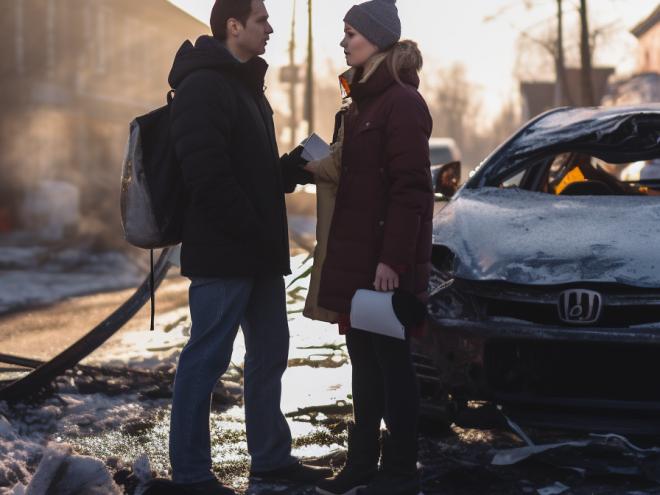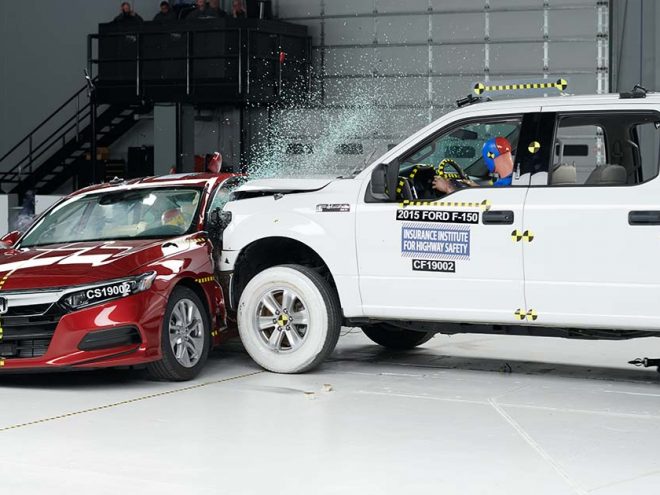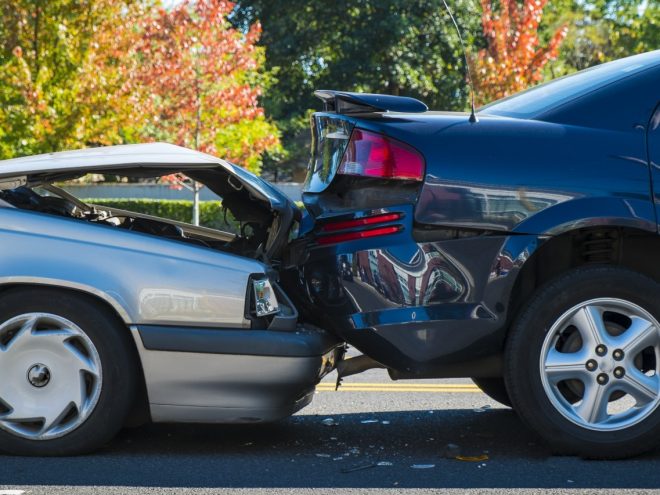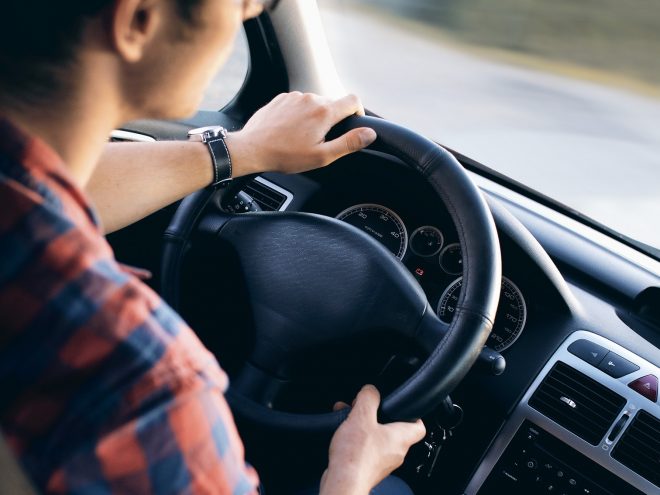
What to do When You Are The Victim of a Hit-and-Run
It is estimated that 10% of all car accidents reported to the police are hit-and-runs. Add that to the fact that since 2009, hit-and-run accidents have increased by 60%, and the truth is clear—you need to be prepared for what to do if you are involved in a hit-and-run.
When a person is involved in a car accident, they should remain on site. This helps ensure that the involved parties can exchange information—like contact information and insurance—and report their version of events to authorities. However, there are situations when one or more parties involved in a crash will flee the scene, leaving victims to fend for themselves and try to piece together the cause of the collision.
This post will go over some basic information about the nature of hit-and-runs and help you formulate a plan of action that you can rely on if you ever happen to be the victim of one. But first, let’s go over some statistics:
Who Is Most Likely to Hit-and-Run?
Hit-and-run drivers are most likely to be male and will often have a DUI or license suspension on record. If they are caught, hit-and-run drivers are more likely to be intoxicated than sober. However, most hit-and-run drivers are not caught.
What Are Some Factors That Might Cause a Person to Hit-and-Run
Unfortunately, a person might assume that it is in their best interest to avoid dealing with the consequences of an accident and will choose to flee. Here are some reasons why a driver might decide to flee rather than stay and exchange information.
● The driver has a criminal record, and being present at the scene will cause them trouble with the authorities
● The driver doesn’t have insurance and is afraid of the consequences of being caught driving uninsured
● The driver is intoxicated and doesn’t want to face the legal and criminal consequences of driving under the influence
● The driver doesn’t have a license, or their license is suspended
● The driver doesn’t think they can afford the legal consequences of the collision
● The driver might fear deportation if they do not have legal status
Do Other Factors Contribute to Hit–and-Runs?
Based on available information, unmistakable trends in the data reveal other common characteristics of hit-and-runs. A hit-and-run accident is more likely if:
● The accident takes place late at night or early in the morning—between the hours of 10 PM and 4 AM
● The accident has few or no witnesses
● The population density of the area is high—like in a city or crowded suburban area
● The condition of the road and weather conditions during the accident
What Should You Do If The Other Party Flees the Scene After an Accident
Despite the absence of the other party, you should still treat a hit-and-run accident like any other accident—you should gather as much information as you can, contact your insurance agency, and obtain a police report. Be sure to take the following steps:
Try to Get as Much Information as You Can About the Other Driver
Though it’s likely the hit-and-run driver will be caught, you should still attempt to gather as much information as you can about them. The most important thing you should identify is the make and model of the vehicle and any unique features—think bumper stickers, scratches, mismatched colors, etc. If you do catch a glimpse of the driver, try to identify any characteristic features—like their haircut, tattoos, etc. Having a dashcam can help you record the incident and identify the other driver and their vehicle.
Try To Find Witnesses and Gather Statements
If the incident took place on a city block with many onlookers, try to obtain some statements from witnesses. Any homes or businesses present on the block might have security footage of the incident. This will help you strengthen your case and provide context for insurance providers, police investigators, and attorneys looking to support your claim.
Even if your injuries are minor or unapparent at first, you should still seek medical attention. Having a doctor’s report is essential for building your case should you pursue legal compensation for your injuries. Also, some car accident-related injuries take type to develop. A doctor can help you by telling you what to look out for regarding whiplash and other delayed injuries.
Make sure you take plenty of photos and videos of the accident scene. If you are able to get witnesses to make statements, have them make those statements on site. The more documentary evidence you have, the stronger your case will be if you need the counsel of a car accident lawyer.
Call Your Insurance Company and the Police Directly After the Incident
Don’t wait to call your insurance agency or the police—especially after a hit-and-run. The sooner you file a police report and get your claim started, the better.
Knowledge is Key to Getting Compensated
You now have the knowledge you need if you are ever the unfortunate victim of a hit-and-run accident. Even if the hit-and-run driver doesn’t get caught, you can still receive compensation if you’ve gathered the appropriate evidence, witness testimony, and documentation.
About the Author
Roni Davis is a writer, blogger, and legal assistant operating out of the greater Philadelphia area.










